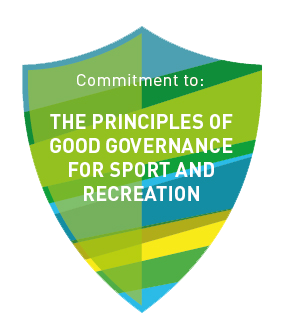One of the most important traits of a cheerleader is flexibility. Getting it right is really important, so we take a look at some common stretching mistakes people make.
1. Not Stretching the Right Muscles
Depending on what you’re trying to learn, there are specific muscles you will need to stretch. To improve flexibility, most cheerleaders want to work on their splits. This means you should work on your hamstrings and hip muscles. Whatever you’re trying to learn, talk with your coach on what muscles you should focus on.
2. Not Working on Your Entire Body
While you do want to focus on specific muscles for specific skills, like the splits, you can’t forget about the rest of your body. For your splits, while you can focus on your hamstrings and hip muscles, don’t forget to incorporate into your workout exercises for your lower back, groin, calves, and quadriceps. Working on your entire body will help keep you limber and help prevent injuries and soreness.
3. Not Stretching Consistently
When it comes to your flexibility, it’s more effective to stretch more often for shorter amounts of time as opposed to the other way around. Don’t stretch for an hour once a week. Not only will you be sore the next day, but it will also take longer to improve your flexibility. Instead, stretch every day for 10 to 15 minutes. Or, stretch twice a day (in the morning and at night) for 10 minutes.
4. Not Stretching Slowly
Don’t rush through your stretches. This isn’t a sprint; it’s a marathon. You want to hold poses and stretches for as long as you can. Moving too quickly can cause injuries and reduce the effectiveness of the stretch.
5. Not Warming Up
If you stretch in the early morning or when you first wake up, warm up your muscles. Jog in place for a few minutes or do jumping jacks. Stretching cold muscles can cause injuries. Also, it’ll be harder to stretch if your muscles aren’t warmed up.
6. Not Breathing
A bad stretching habit is holding your breath. By taking deep breathes during a stretch, your muscles can loosen and extend more.
7. Not Stopping When it Hurts
While it’s normal to feel your muscles tightening, don’t ignore any sharp pains. You could pull a muscle, or worse. Listen to your body; it will tell you when it’s being pushed too far or needs a break. Never force a stretch, thinking your body will respond.
8. Not Wearing the Right Clothing
Never underestimate the power of good practice wear. Your clothing needs to be able to stretch and move with your body. Don’t wear anything baggy or loose and never wear jeans.
Share your stretching tips with us on our Facebook page.











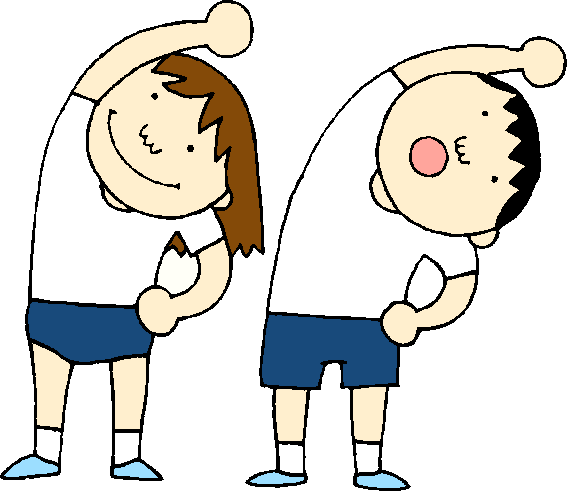
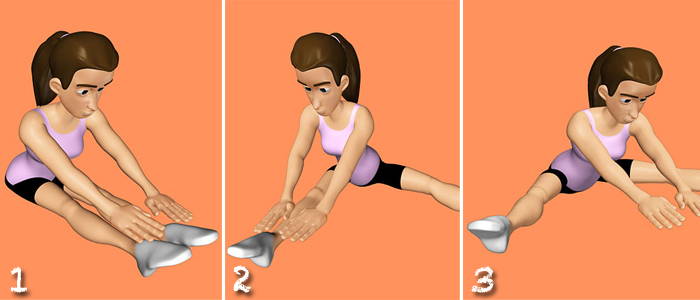
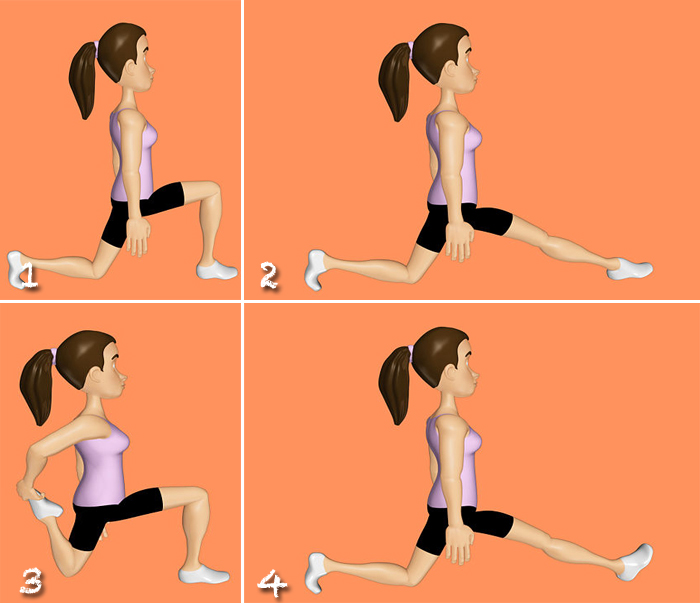
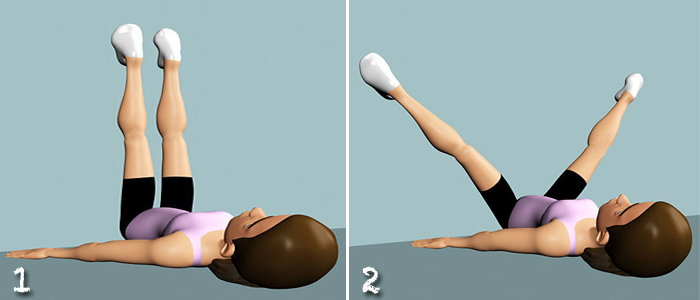
![Ready to level up your coaching game for 2026? 🚀
The new season is officially here! Whether you're just starting your coaching journey or looking to master intermediate progressions, our January Coach Education courses provide the clarity and confidence you need.
From safety protocols to session planning, we’ve got you covered:
✅ Jan 10: Foundation Stunt Skills
✅ Jan 11: Foundation Tumbling Skills
✅ Jan 17: Intermediate Stunt Skills
🔗 Secure your spot today: [Link in Bio / entries.ukca.org.uk/courses]
Got questions? Drop us a DM or email admin@ukca.org.uk.](https://ukca.org.uk/wp-content/plugins/instagram-feed/img/placeholder.png)
